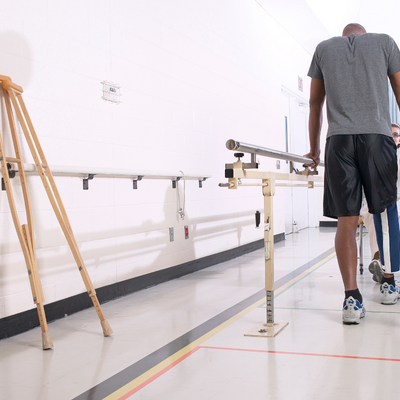When it comes to providing patients with safety, comfort, and adaptability, hospital beds take the lead. These beds are designed to cater to individuals of all categories, ensuring their well-being and ease. While manual beds are available, the electric hospital beds allow patients to operate the bed themselves, granting them more independence. For disabled patients, hospital beds are the preferred choice for daily use. Let's explore the reasons why a hospital bed is the better option for someone with a disability:
Height Adjustability
Hospital beds can be easily adjusted to a specific height, making it safer and more convenient for individuals in wheelchairs to transfer themselves or be moved by a caregiver from their wheelchair to the bed. This minimizes the risk of injuries due to strain or falling, promoting a secure and seamless transition.
Safety Rails
Hospital beds come equipped with safety rails on their sides, a crucial feature for individuals with disabilities who may be prone to rolling during sleep or movements. These rails can be raised or lowered as needed, allowing for easy transfers without obstruction. Additionally, they provide assistance in turning patients, ensuring their comfort and safety.
Adjustable Positions
Ordinary beds can be uncomfortable when lying in the same position for an extended period. Hospital beds offer the advantage of adjusting positions, which is especially beneficial for individuals with disabilities. Patients can easily reposition the bed to find a comfortable angle that suits their needs. Whether it's an upright position to clear the lungs, an inclined position for activities like eating or watching television, or a flat position for sleeping, the hospital bed's versatility provides maximum comfort.
In conclusion, hospital beds provide indispensable benefits for individuals with disabilities, offering a level of adjustability, safety, and comfort that ordinary beds simply cannot match. By investing in a hospital bed, individuals and caregivers can ensure enhanced quality of life and better overall well-being for the disabled patients they care for.












